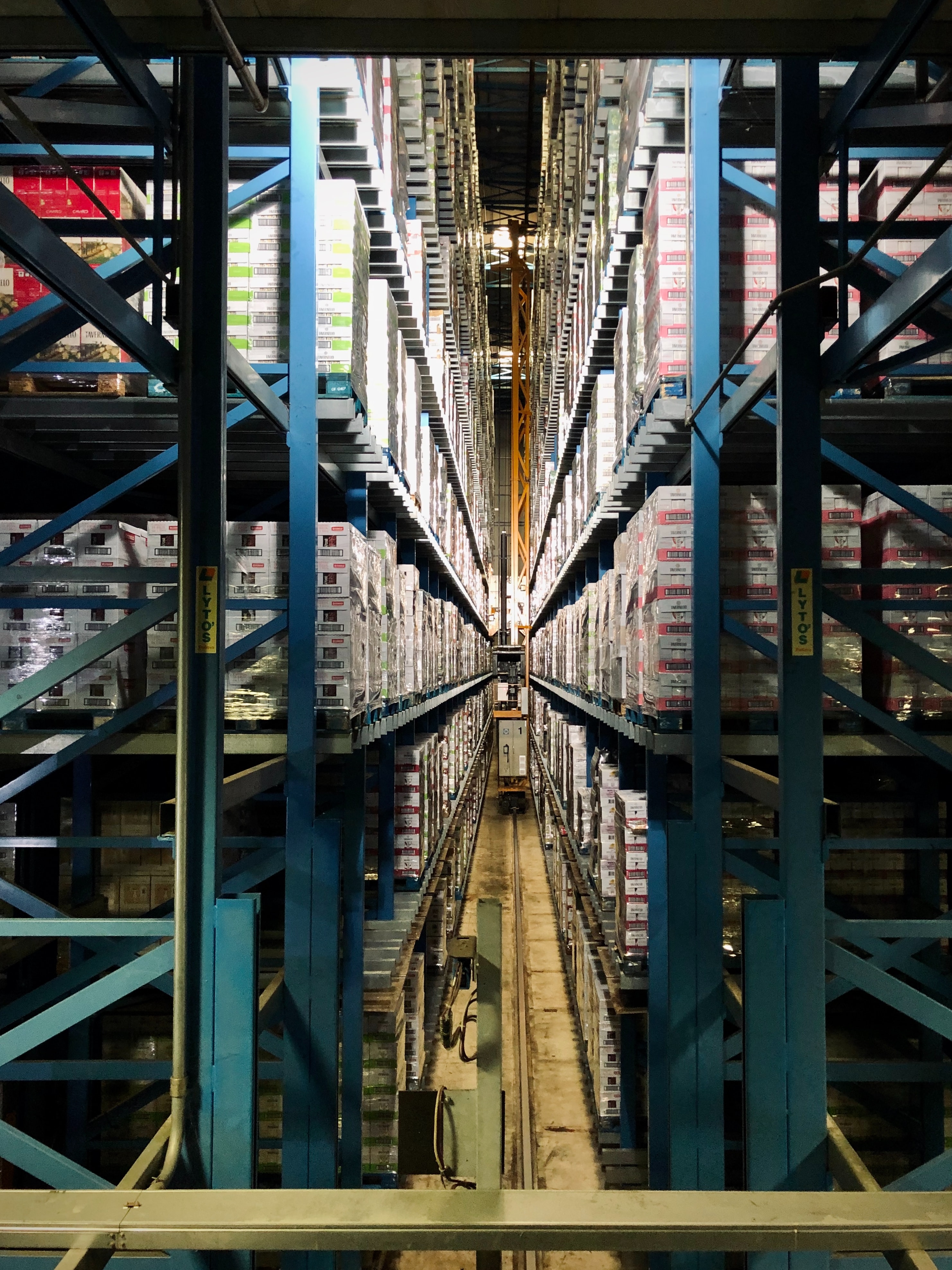Maybe you've been working with one supplier for years, and it's gone just fine. Then, COVID-19 struck and disrupted most supply chains.
For example, if your supplies were coming from China, you may have had 4-week delays or run out of safety stock before you could replenish. 95% of companies saw supply chain lead times more than double. For high demand products, the supply chain was no longer able to provide items when consumers – and retailers – wanted them the most.
If it didn't happen to you, consider yourself lucky! Don't put yourself in that position ever again. You should have multiple suppliers lined up in case one can't fulfill your needs.
It's Not Just the Pandemic to Worry About
Concerns about the supply chain these days aren’t limited to the pandemic. Besides the coronavirus pandemic, concerns about tariffs have made having multiple supply chains more crucial than ever. Geo-political events, climate-related disasters, and other health crises are increasing in frequency and magnitude and adding to supply chain disruptions. When there’s even a small disruption, companies that maintain minimal inventory levels to reduce holding costs or are dependent on always using the lowest-cost providers are most at risk.
The Institute for Supply Management reports that companies with diversified sourcing were better positioned to deal with the Asian market supply chain disruptions. Companies with resilient supply chains overall grow more rapidly because they can source products faster when consumer demands changed.
“They increase their perfect order rate by 20% to 40% and customer satisfaction by as much as 30%. Importantly, flexible supply chains cut costs and improve cash flow, in part through a 10% to 40% increase in inventory turns.” – Bain & Company
Many of the companies that thrived during the supply chain disruption were those with multiple supply chains that weren’t dependent exclusively on foreign markets. Those with domestic supply chains were able to switch providers more quickly and keep the materials and items they needed in stock. Domestic suppliers bounced back more rapidly, which meant faster delivery of products and materials.
Supply Chain Disruptions Can Be Devastating
Over the past decade, companies have focused on supply chain optimization to minimize costs, reduce inventories, and increase asset utilization. While it’s helped keep costs down, it’s also eliminated the flexibility to deal with disruptions as companies moved increasingly to foreign supply chains.
Even short-term disruptions cause trouble.
- Floods in Thailand cost the auto industry, dependent on parts from Thai manufacturers, more than $5 billion in sales during the six months it took to recover.
- An earthquake in Japan hurt electronics manufacturers for more than a year and created a dramatic drop in net income.
- The US-China trade war and tariff talks impacted computer manufacturers, which lost more than $1 billion in market capitalization in just three months.
Diversify Your Supply Chain Now
Larger companies have started diversifying more than ever. For example, Toyota sources 60% of its parts from one supplier but has now added two additional domestic suppliers that each produce 20%. Their supply chain diversification allows them to shift from one supplier to another anytime there’s a disruption.
Because they already have an established business relationship and negotiated credit terms, etc. upfront, it makes it easier to switch. It also puts them at the top of the list as a preferred customer if other companies come calling.
Map Your Supply Chain
Mapping your supply network will give you a better understanding of which suppliers, sites, materials, and products are at risk from global disruptions. An analysis in the Harvard Business Review showed that companies that had mapped their supply chains prior to the pandemic were significantly more prepared. Because they had isolated their exposure, they could move quickly to find alternate vendors.
Mapping your supply chain can be tricky. Many products use parts or resources that aren’t easily identifiable. However, the farther down the line you go, the more likely you will be to recognize and anticipate potential disruptions.
Consider Supply Marketplaces
One of the most efficient – and quickest – ways to diversify your supply chain is to work with aggregators and marketplaces, such as the ELEVATE Marketplace. Whether you’re in the healthcare, hospitality, commercial, industrial, or other industries, a marketplace has deep connections to industry-leading companies and multiple supply chains. You can tap into these to diversify your base. In many cases, you will also save money since marketplaces have significant buying power.
Businesses with flexible supply chains – and the ability to react quickly when situations change – can see a 15-25% increase in operational optimization. Working with a marketplace gives you a way to source multiple suppliers and switch whenever it’s needed.
A Comprehensive Approach to Supply Chain Optimization
AFFLINK connects more than 200 manufacturers of facility maintenance, packaging, safety, office, and MRO solutions with nearly 300 independent distribution specialists to offer expert procurement management and drive efficiencies in today’s leading businesses.
If you need help diversifying your supply chain or want to discuss better ways to manage your supply chain, contact AFFLINK today.

About Michael Wilson
Michael Wilson is AFFLINK'S Vice President of Marketing and Communications. He has been with the organization since 2005 and provides strategic leadership for the entire supply chain team. In his free time, Michael enjoys working with the Wounded Warrior Project, fishing, and improving his cooking skills.





